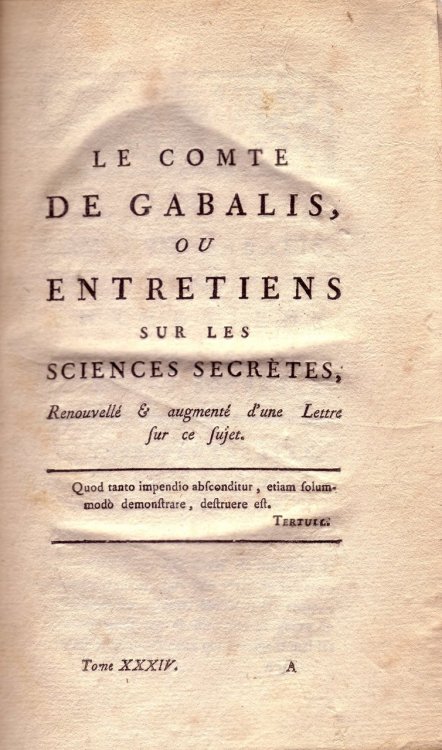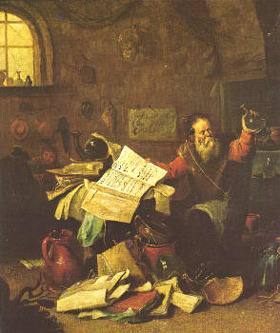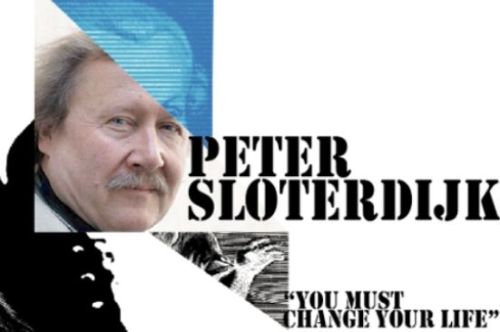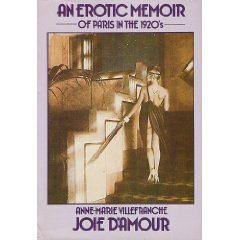Max von Sydow @80
[Youtube=http://www.youtube.com/watch?v=JCjoNt0iCzY]
Break-up scene in Hannah and Her Sisters
Max Carl Adolf von Sydow, (born 10 April 1929 in Lund) is a Swedish actor (also French, since obtaining citizenship in 2002), known in particular for his collaboration with filmmaker Ingmar Bergman. He has acted in films as diverse as The Seventh Seal, Wild Strawberries, Hour of the Wolf, The Exorcist, Illustrious Corpses, Death Watch, Hannah and Her Sisters, What Dreams May Come and Minority Report.
The Seventh Seal (Swedish: Det sjunde inseglet) is an existential 1957 Swedish film directed by Ingmar Bergman about the journey of a medieval knight (Max von Sydow) across a plague-ridden landscape. Its best-known scene features the knight playing chess with the personification of Death, his life resting on the outcome of the game. The film has long been regarded a masterpiece of cinema.
Wild Strawberries is a 1957 film written and directed by Ingmar Bergman. The original Swedish title is Smultronstället, which literally means The Wild Strawberry Patch. The cast includes Bergman regulars Bibi Andersson, Ingrid Thulin and Gunnar Björnstrand. Max von Sydow also appears in a small part. Bergman wrote the screenplay while in the hospital.
Hour of the Wolf is a Swedish film from 1968. It is Ingmar Bergman‘s only horror film. Hour of the Wolf originated from a manuscript with the working title “The Maneaters”. Bergman started working on it in the spring of 1965, during which time he suffered a minor nervous breakdown. In the end, the manuscript resulted in not one but two movies, Persona and Hour of the Wolf. Together with the former movie, Hour of the Wolf is probably one of Bergman’s most personal films, though he deals with himself in one way or another in almost all of his movies. It is filmed as if it is a true story about an artist who has disappeared. The story of the artist and his life just before his vanishing is based on interviews with his wife, and on his diaries.
The Exorcist is a 1973 American horror film, adapted from the 1971 novel of the same name by William Peter Blatty, dealing with the demonic possession of a young girl, and her mother’s desperate attempts to win back her daughter through an exorcism conducted by two priests. The film features Ellen Burstyn, Linda Blair and Max von Sydow. Both the film and novel took inspirations from a documented exorcism in 1949, performed on a 14-year-old boy. The Film is one of a cycle of ‘demonic child‘ movies, including The Omen series and Rosemary’s Baby.
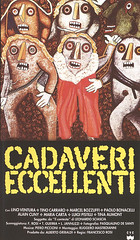
Illustrious Corpses poster designed by Enrico Baj.
Illustrious Corpses (Cadaveri eccellenti) is a 1976 thriller film directed by Francesco Rosi and starring Lino Ventura. The film was adapted from Leonardo Sciascia‘s novel Equal Danger a novel on organized crime. Its Italian poster art was designed by Enrico Baj. Cadaveri eccellenti literally means Excellent Cadavers and is also the name of a surrealist technique known in English as exquisite corpse.
Death Watch (French: La Mort en direct) is a 1980 French science fiction film directed by Bertrand Tavernier. It based on the novel The Continuous Katherine Mortenhoe by David G. Compton. Romy Schneider plays the dying heroine with whose death is being recorded on national television in an ongoing soap opera of morbid reality tv. Much of the filming took place in and around Glasgow.
Hannah and Her Sisters is an Academy Award-winning 1986 romantic comedy film which tells the intertwined stories of an extended family, told mostly during a year that begins and ends with a family Thanksgiving dinner. The movie was written and directed by Woody Allen and stars Mia Farrow as Hannah, with Barbara Hershey and Dianne Wiest as her sisters. The film is Allen’s biggest box office hit thus far, without adjusting for inflation, with a North American gross of $41 million. Adjusted for inflation it falls behind Annie Hall and Manhattan, and possibly also one or two of his early comedies.
What Dreams May Come is a 1998 dramatic film, starring Robin Williams, Cuba Gooding, Jr., and Annabella Sciorra. The movie is based on the 1978 novel by Richard Matheson, and was directed by Vincent Ward. The title is taken from a line in Hamlet‘s To be, or not to be soliloquy.

